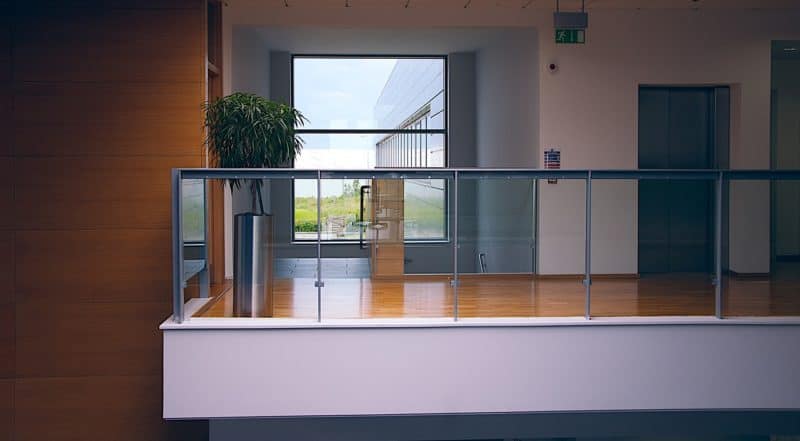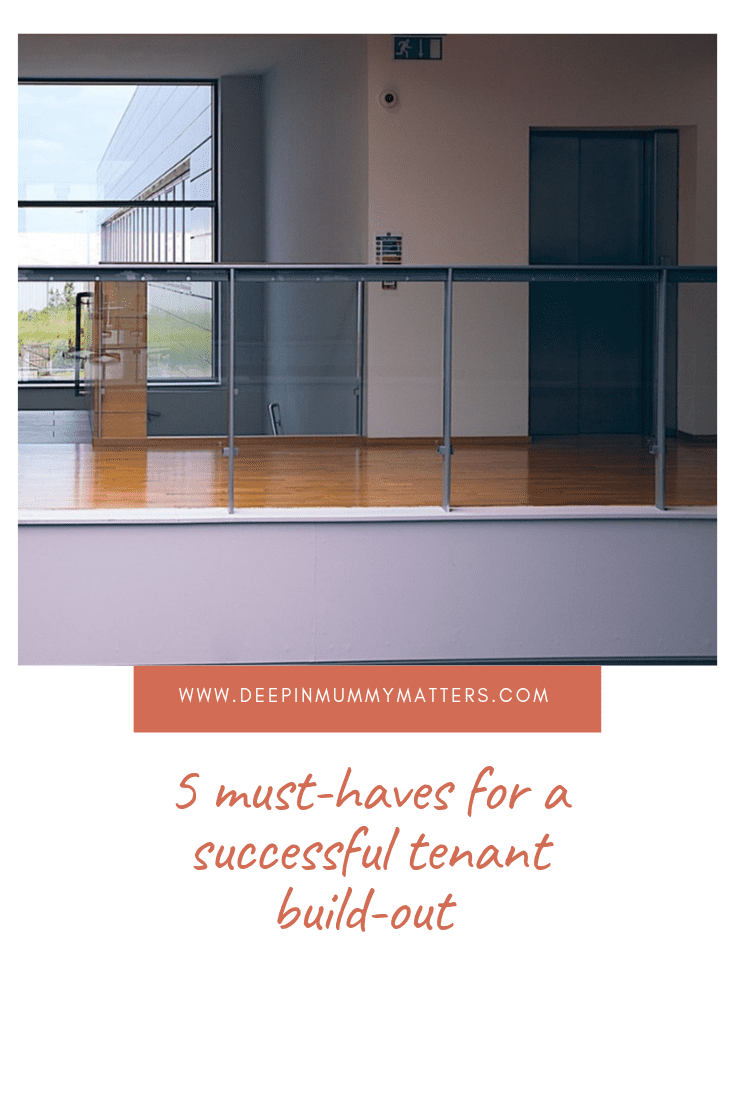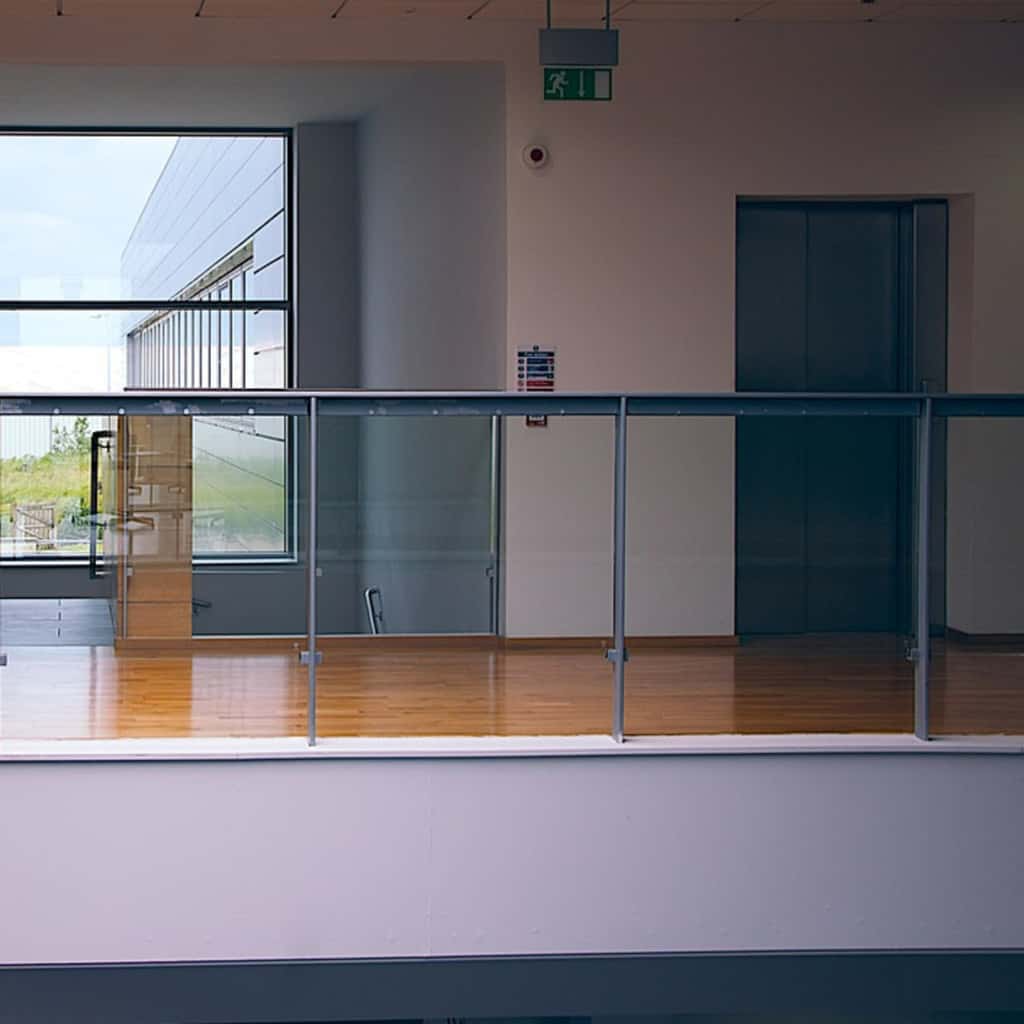When businesses move into a new commercial space, they often need to modify the space to suit their specific needs. This process, known as tenant build-out, can be relatively simple or quite complex, depending on the business’s nature and the space’s condition. In some cases, tenant build-out may simply involve painting walls and installing new carpeting. More extensive build-outs can involve constructing partition walls, installing new plumbing or electrical systems, or making structural changes to the building itself.

Tenant build-out is often required in commercial lease agreements and can be costly and time-consuming. In some cases, the landlord may be responsible for part or all of the tenant build-out costs. However, the tenant may be responsible for footing the entire bill in other cases. The scope of the build-out will depend on the size and layout of the space and the tenant’s specific needs. In most cases, the build-out process takes several weeks to complete.
No matter who pays for it, tenant build-out can significantly impact the look and feel of a space, and it can play a crucial role in attracting and retaining tenants. With that said, let’s look at the five must-haves of a successful tenant build-out.
How tenant build-out works
In most cases, the landlord will be responsible for providing a “shell” space that is up to code and meets all basic safety requirements. The tenant is then responsible for completing any further work required to make the space suitable for their business.
This arrangement allows tenants to customize their space to suit their needs perfectly. At the same time, landlords can avoid the hassle and expense of constantly updating their space to meet the changing needs of different tenants.
The tenant build-out process can be complex, so it’s important to partner with a reputable construction company that has experience managing these projects.
A clear plan and budget
The first must-have of successful tenant build-out is developing a clear plan and budget. This will give you a roadmap to follow and help you avoid costly mistakes. The planning process should include a detailed assessment of the space, an evaluation of the tenant’s needs, and a cost analysis. Once you understand the project, you can begin to create a budget and timeline.
It’s important to remember that the build-out process can be unpredictable, so it’s important to leave some room in your budget for unexpected costs. In addition, the build-out process can be disruptive to businesses, so it’s important to factor in the potential lost revenue when developing your timeline.
A qualified contractor
Once you have a plan and budget in place, the next step is to find a qualified contractor. This is a crucial step because the quality of the work will directly impact the look and feel of the space. In addition, poor-quality work can lead to safety hazards and code violations. When searching for a contractor, be sure to get multiple bids and references. Once you’ve found a contractor, you’re comfortable with, sign a detailed contract that outlines the scope of work, cost, and timeline.
A comprehensive understanding of the building code

According to the tenant build-out contractors from AFS General, Florida, the third must-have for a successful tenant build-out is a comprehensive understanding of the building code. Depending on the scope of work, you may need to obtain permits from your local municipality or comply with specific code requirements. For example, if you’re making any changes to the electrical or plumbing systems, you’ll need to ensure that your work meets all relevant code requirements. Failing to do so could result in costly delays or even fines.
A realistic timeline
The fourth must-have for a successful tenant build-out is a realistic timeline. Once you clearly understand the work that needs to be done, you can develop a timeline for completing the project. Keep in mind that some tasks, such as obtaining permits or making changes to the electrical system, may take longer than others. It’s essential to be realistic about how long each task will take to complete so that you can set expectations accordingly.
A good working relationship with the landlord
A successful tenant build-out requires a good working relationship with the landlord. After all, you’ll need the landlord’s approval before making any changes to the space. In some cases, the landlord may be responsible for part or all of the tenant build-out costs. However, the tenant may be responsible for footing the entire bill in other cases. It’s important to understand who is responsible for what before beginning the build-out process.
In addition to understanding who is responsible for what, it’s also important to understand the landlord’s expectations. For example, will the landlord allow you to make changes to the exterior of the building? Will they require you to obtain a permit? It’s essential to get these questions answered before beginning the build-out process.
Conclusion
Tenant build-out can be a complex and challenging project, but it’s essential to ensure you have the 5 must-haves in place before starting any work. With a clear and concise lease agreement, a detailed and realistic budget, a comprehensive understanding of the building code, a realistic timeline, and a good working relationship with the landlord, you’ll be on your way to a successful tenant build-out.


